
Được sơn trên một bức tường lớp học, cao bên trên những chiếc ghế băng bằng gỗ và bảng viết giản dị, là khẩu hiêu của trường tiểu học Moco-Moco: "Tiến về phía trước, chúng ta có thể đi".
Nó ở đó như một lời nhắc nhở hàng ngày rằng có cơ hội cho những ai chuyên cần tại ngôi trường nhỏ chỉ có 81 học sinh ở ngôi làng Amerindian xa xôi thuộc Guyana.
Thỉnh thoảng, tuy nhiên, việc thiếu thốn những thiết bị dạy học hiện đại là nguồn gốc của sự lo lắng suốt thời gian dài của thầy hiệu trưởng Stephen Demetro.

"Chúng tôi không có Internet và không có máy tính, vì thế chúng tôi gặp bất lợi. Điều đó làm tôi cảm thấy có lỗi. Chúng tôi không có nguồn lực", ông nói. "Thậm chí báo chí tới tay chúng tôi chậm cả tuần", ông nói thêm, tay cầm một bản sao của tờ Tin tức Stabroek.
Một cuộc sống bị cô lập
Tới nhà 400 người Macushi - một trong số 9 bộ lạc Amerindian của Guyana - Moco-Moco là sự kết hợp ngái ngủ của những ngôi nhà truyền thống lợp mái lá.
Trong phần này của Rupununi Savannah,những con vẹt đuôi dài đỏ sẫm từ những cây cọ và con tapir, hươu, paca, là những loài thú mà dân làng vẫn thường săn bằng cung tên, sống lang thang hoang dã.
Những vụ mùa sắn, lương thực chính suốt chục ngàn năm nay, bao quanh khu định cư, nơi được nối với thị trấn gần nhất bằng một con đường dài lỗ chỗ ổ gà. ở một mặt khác,
Cassava crops, a staple food for millennia, fringe the settlement, which is linked to the nearest town by a long road dotted with potholes. On either side, giant termite mounds hold sway over the windswept plains like silent sentries.
Amerindians may have been the first people to inhabit Guyana and they still make up nearly a 10th of the six-race nation's population. But they are also among the country's most marginalised.

Sparse infrastructure and employment opportunities are obvious side-effects of life in isolated locations. Some say they are discriminated against as well.
Others describe a loss of identity, as a rich culture dating back 11,000 years is gradually eroded.
On top of that, there are increased threats to Amerindians' agrarian lifestyle from climate change, and encroachment on their historical land from the mining industry, a bulwark of Guyana's economy.
Thomas George, a former "Toshao" or village chief of Moco-Moco, says the lack of jobs drives "young brain-boxes" to the city, diminishing the community's strength.
One plan to combat that is the establishment of a cassava factory to create employment, along with saleable products made from the root vegetables such as tapioca, farine, a type of flour, and cassareep, a popular condiment.

But changing weather patterns pose a constant threat to agriculture. "When we expect sun we get rain, and when we expect rain we get sun. That affects food supplies," Mr George said.
"If the season changes and the floods come, it all goes down the drain."
Reviving a culture
Indigenous cuisine is something of a dying art in Moco-Moco, as are traditional crafts and even dialect.
A recently-opened youth centre aims to teach young Amerindians about their heritage, with classes on everything from the Macushi language to cooking pepperpot - an indigenous meat stew and Guyana's national dish.
"The school follows the national curriculum and that doesn't cater much to indigenous culture," Mr Demetro said. "It's up to teachers to find our own ways of integrating culture into it."

This year, nearly a billion Guyanese dollars (£4m) has been budgeted by the government for youth training programmes in 106 Amerindian communities across the country, according to Valerie Garrido-Lowe, the junior minister for indigenous people's affairs.
"Parents find it difficult to pay for basic items their children need in secondary school, so many pupils get despondent and leave," she said. "This money will support school dropouts, single parents and young adults who need a second chance in life."
In addition to remedial maths and English, and vocational skills like joinery, carpentry and dressmaking, participants will have the chance to learn about eco-tourism and hospitality in a bid to woo more visitors to Guyana's pristine hinterlands.

"It's about reviving our culture too," said Sydney Allicock, Guyana's first indigenous vice president. "Tourists are usually sympathetic to Amerindians and are interested in hearing our languages and being part of our activities. We want to share our ecosystem with them.
"This programme will help us teach them about jungle survival and traditional medicine; we'll take them hiking and birdwatching."
Mr Allicock says the government is also looking into renewable energy, like solar, wind and biogas, to lessen the impacts of global warming.
"We are seeing the effects in river levels, loss of wildlife, and trees losing their fruit because the temperature suddenly changes," he said. "From time immemorial, Amerindians have been the caretakers of the Earth, working alongside nature, yet we are the hardest hit by climate change."

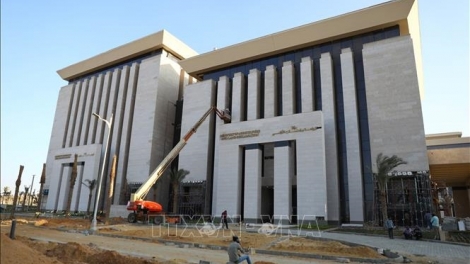
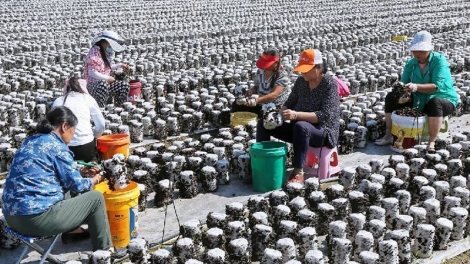
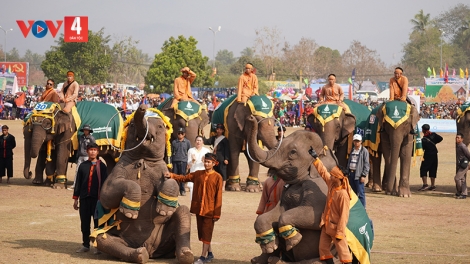
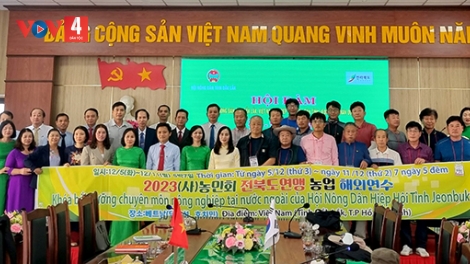
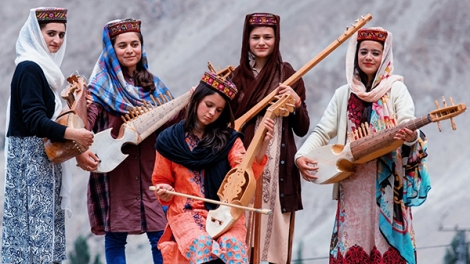
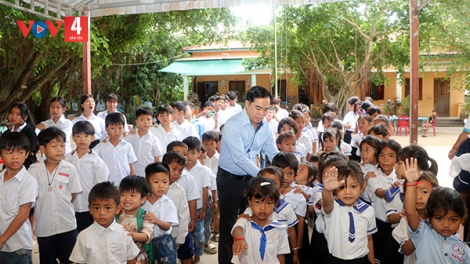
Viết bình luận